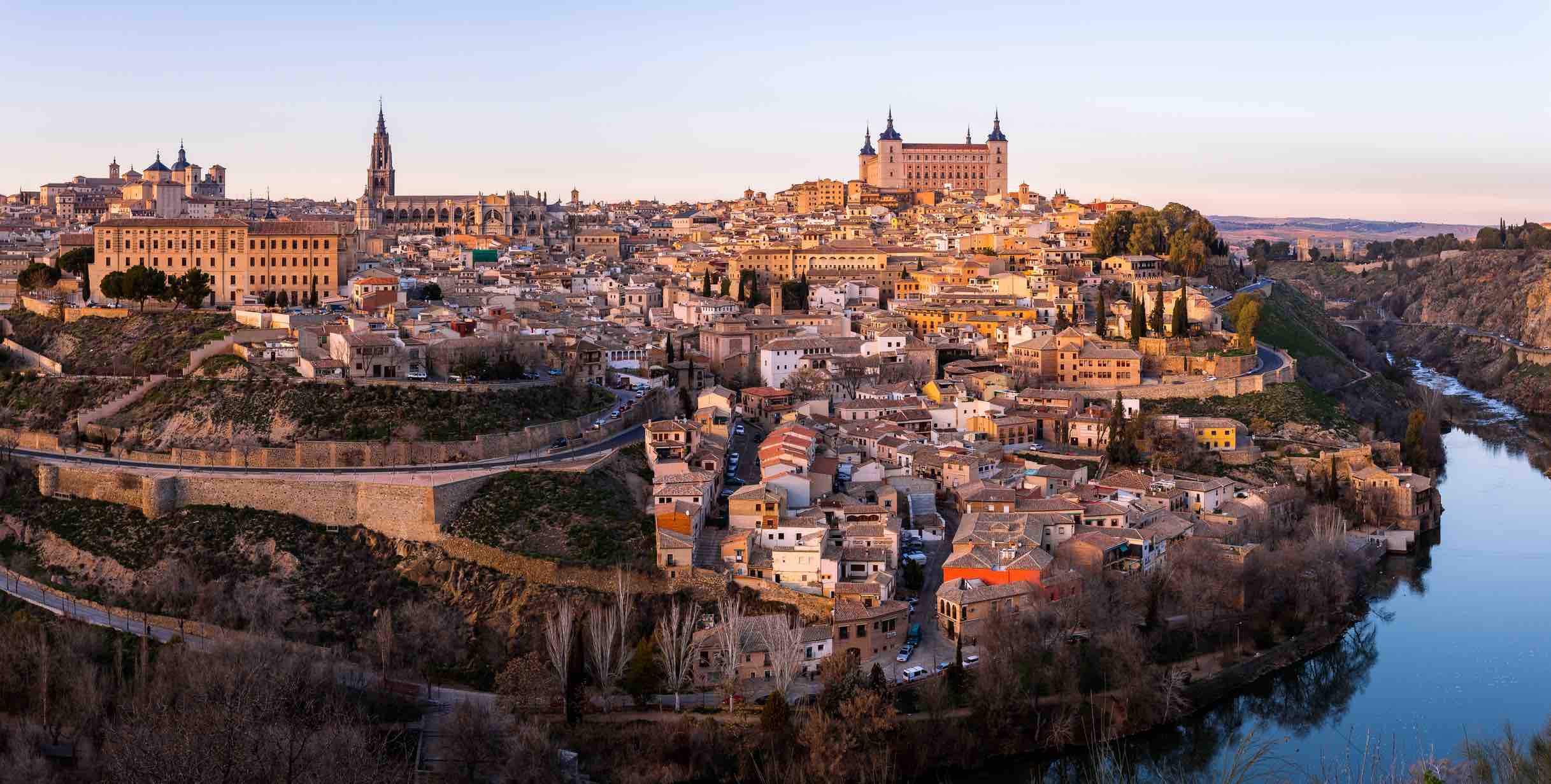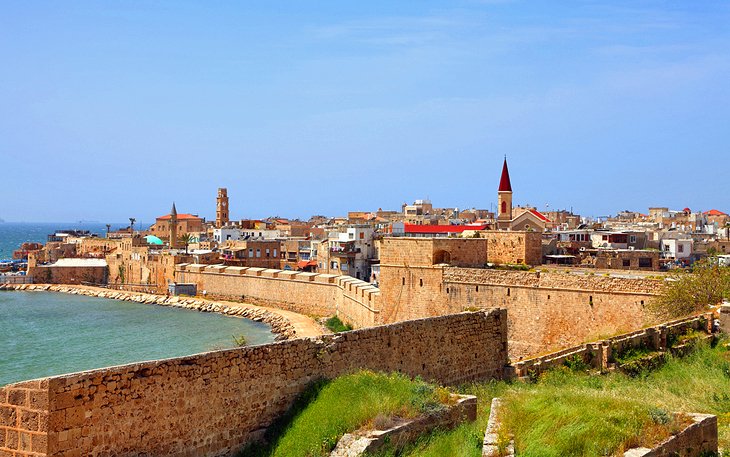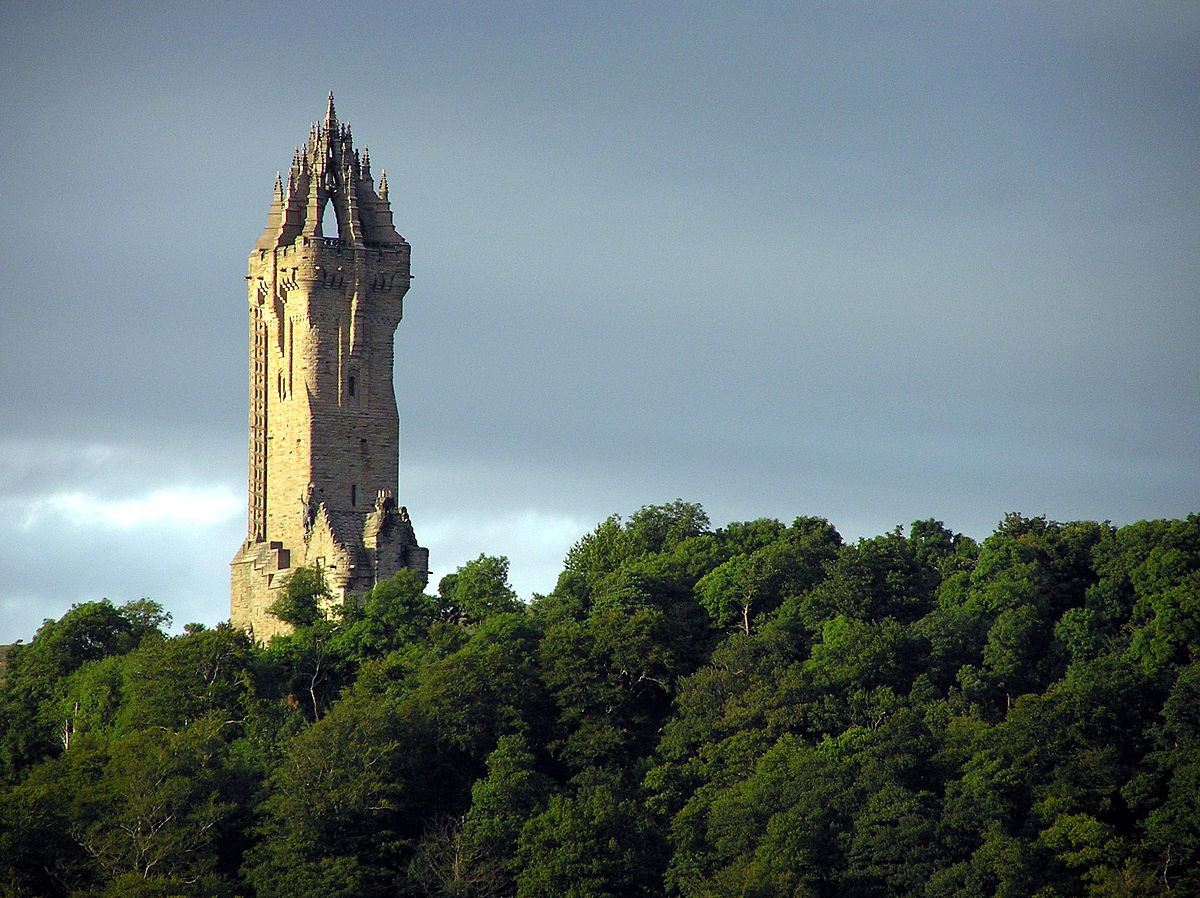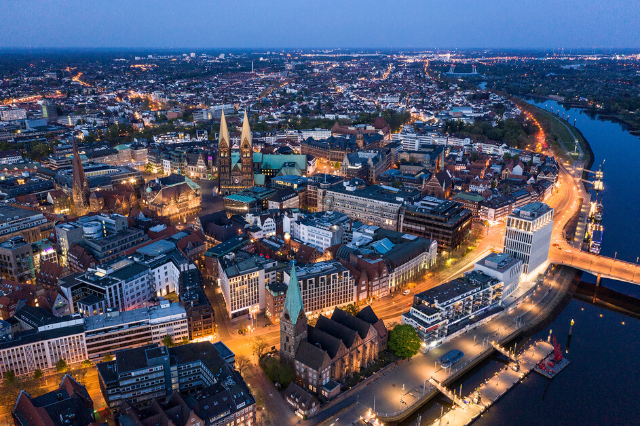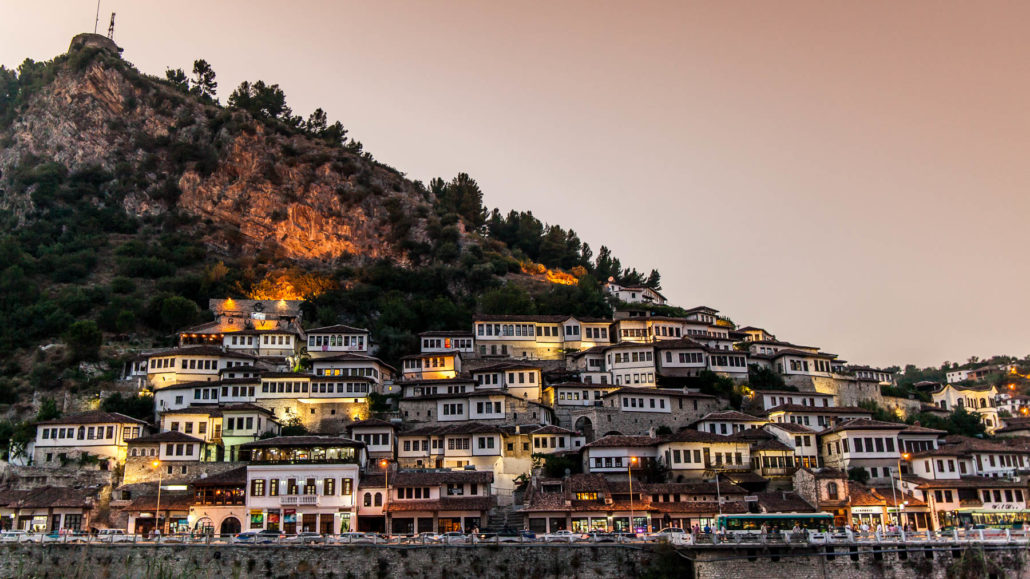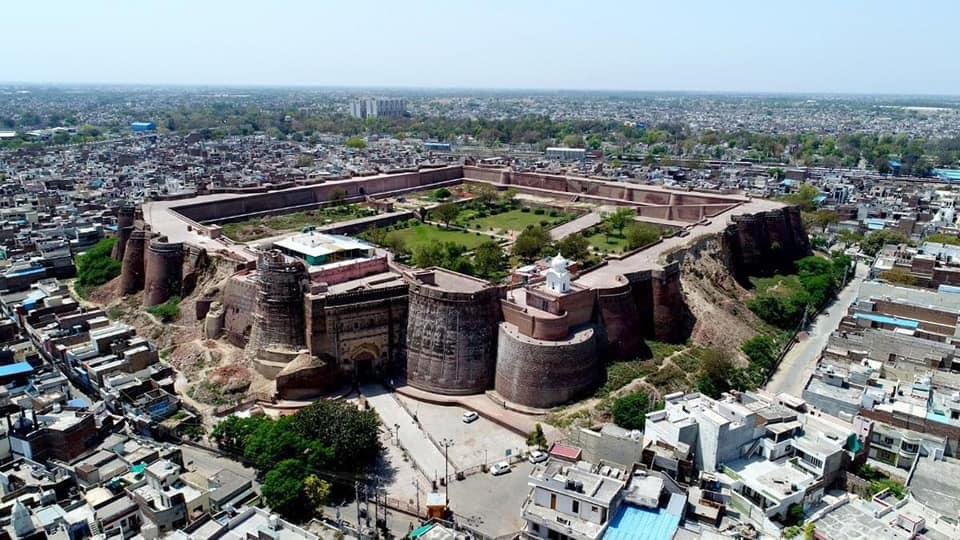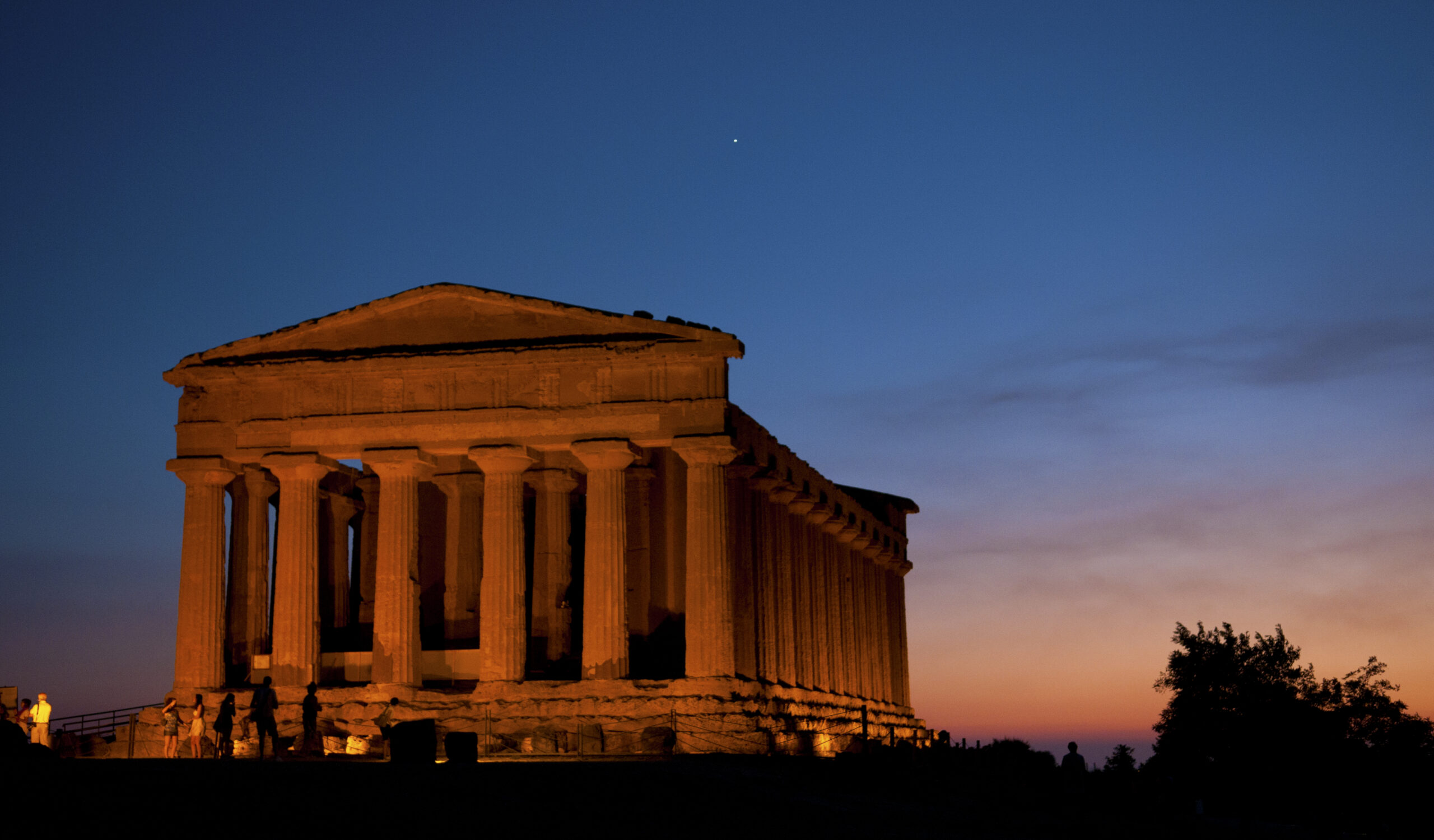The beauty of Toledo can be seen as soon as you get ready to cross the Puerta de la Bisagra, one of the most magnificent and best preserved gates to the medieval heart, which displays the coats of arms that tell the story of the city.
From here, the main road climbs up the hill, crossing Puerta del Sol in Mudejar style, offering numerous stops, including the Mosque of the Christ of Light, a very contrasting name that bears witness to the religious transformation undergone, passing from mosque to Mudejar church, while the Mirador offers a first taste of the beauty of the surrounding landscape and the old Alcantara bridge, entirely made of stone and overlooked by towers. At the end of the climb you will reach Plaza Zocodover, an arcaded square that represents the soul of the city and where the old market was held in Arab times. A little further on, attention is drawn to the authoritative construction of the Alcazar, the fortress from where Emperor Charles V of Habsburg dominated an empire over which the sun never set.
From the square and the adjacent streets, perpetually invaded by tourists and confusion, branch out a myriad of alleys all to be discovered, between a surreal silence and glimpses of everyday life, with small craft shops and houses with windows closed by grilles and massive doors. Calle del Commercio is one of the few linear streets that cuts the city in two, interrupted by the splendid Plaza de la Catedral with its extraordinary Cathedral. It is difficult to imagine that among the narrow spaces of the centre you can hide a similar and imposing building, so narrow among the other buildings that it is almost impossible to admire it as a whole. Easily visible from every corner of the city is instead the bell tower, with the huge bell that for its size is called ‘la gorda’.
As for the other religious buildings, the Cathedral is also affected by the different architectural styles, offering an infinite number of masterpieces ranging from Gothic to Mudejar and the Baroque splendour of the Capilla Mayor, as well as superb works of art by El Greco, Titian and Goya.
Past the Church of Santo Tomé with its magnificent Mudejar tower and the Franciscan convent of San Juan de los Reyes, founded at the behest of Ferdinand of Aragon and Isabella of Castile, you enter the Judeira, the old Jewish quarter where another Toledo begins, that of the old synagogues, of Jewish inscriptions and the finesse of Mudejar art, a Christian style incorporating elements of Arabic inspiration, conceived by those Muslims who remained to live in the Iberian peninsula conquered by Christians who were allowed, for a short period, to maintain their culture, language and religion.
